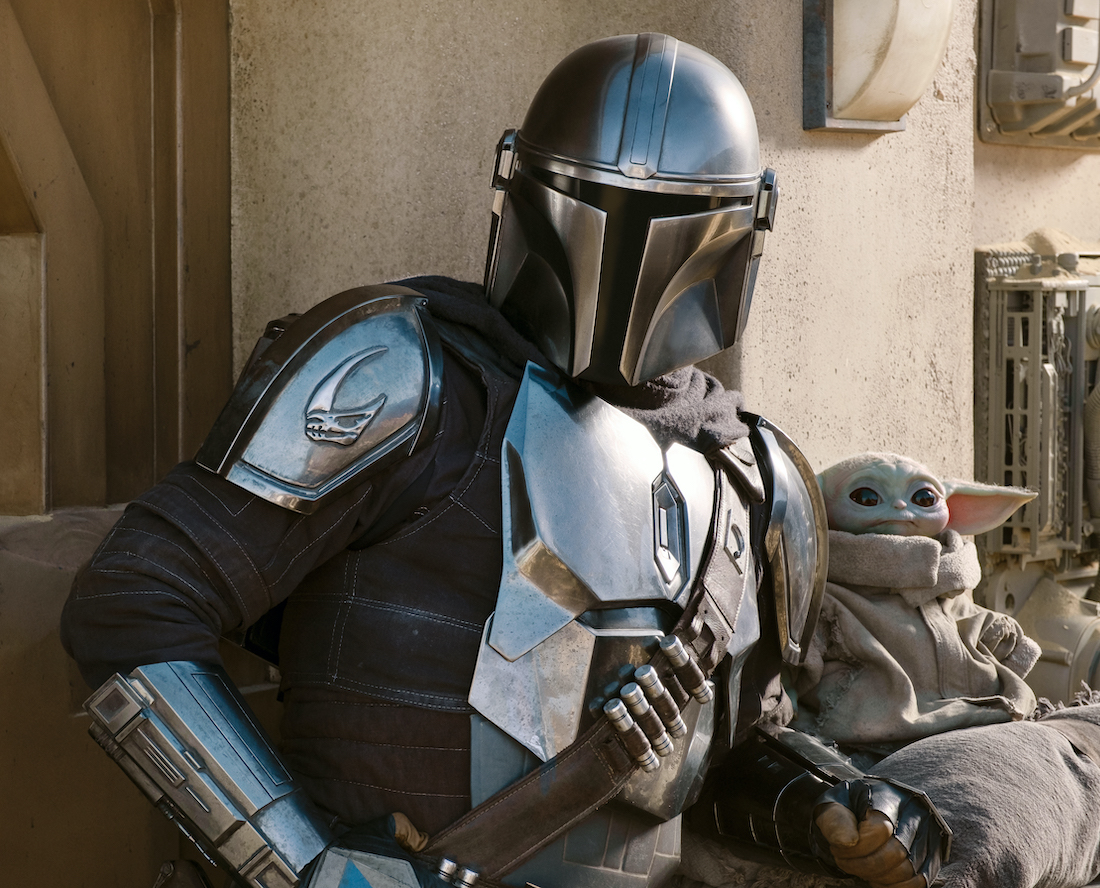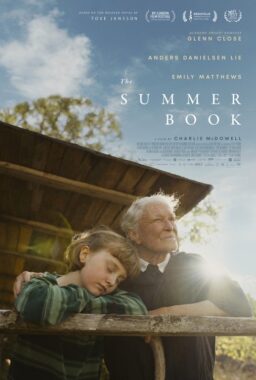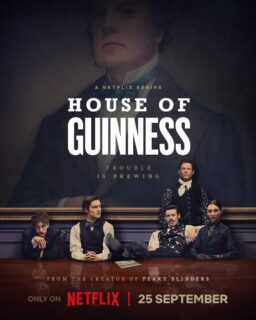We may not be getting a new “Star Wars” movie this year (or even next), but we’ll at least have “The Mandalorian,” a serial that proves with one of its best episodes yet that it still has a lot of flair, inspiration, and jetpack fuel to go around. Directed by Jon Favreau, this first episode in the second season is a great example of how the series can work across scale—it can be intimate when it’s two characters exchanging information in a vast open landscape, and it can also be massive with action scenes worthy of IMAX. The third act of this episode in particular made me miss experiencing new “Star Wars” stories in a theater.
Taking place shortly after the events of last season, “Chapter 9: The Marshal” follows Pedro Pascal’s armor-clad bounty hunter and his mostly silent sidekick “The Child” (AKA marketing sensation Baby Yoda) as they continue their journey to find others like themselves. Namely, The Mandalorian thinks that if he can find others like himself, he can find out more about The Child, and how to return the creature to its own kind. The path to this information puts the episode firmly in “quest” mode, which in the past has made some episodes feel like cheesy diversions. But he starts here at a high point, having to fend for himself against the sneaky Gor Koresh (John Leguizamo) and his goons, who attempt to trap him in the episode’s opening moments. The Mandalorian gets away in a cool fashion, one of a few notes in which the series indulges in how much a classic bad-ass this bounty hunter can be without getting to see his face.
Like the opener of season one, this strongly paced episode leans heavily into the Western influence on the series (and all of “Star Wars,” really) as The Mandalorian eventually finds his way to a ghost town that has been terrorized by a giant monster who emerges from the ground and eats their livestock. The leader of this town is Cobb Vanth (Timothy Olyphant), and though he wears the armor of a Mandalorian, he is of no such honor, which almost leads to a shootout between him and Pascal’s character. Instead, the more pressing problem at hand inspires the Mandalorian to offer kill this giant beast, in exchange for that armor. Cobb tells the Mandalorian of how he came to wear the armor and became the town’s marshal, a flashback that further paints a picture of a galactic Wild West, with violent outsiders and lasers that kerrang like bullets in a Sergio Leone movie.

One of the first delights that pops in this episode is the excellent score by Ludwig Göransson, who has done something that seems impossible in modern franchise music—he’s created a sound that is distinct to a character but still recognizable to “Star Wars.” His music in the first season was always a bit of an adventure itself, the way he’d expand what a “Star Wars” story is supposed to sound like by using drum machines and guitars, and it has the same effect here. Right when “The Mandalorian” gets into its first big action scene and the riffing guitars kick in, it feels great to be back.
I won’t spoil what happens later on the episode, but the series does have some excellent action in the third act regarding how the Mandalorian and some unlikely allies try to defeat the monster. It shows promise for what inventive spectacle can unfold in later episodes, especially as this uses some of the bounty hunter’s skills in a way that’s more interesting than watching him get into shootouts (one of the earlier season’s more redundant, and stagnant spectacles). With returning cinematographer Baz Idoine, the giant sequence effectively widens the aspect ratio, and it’s a gripping mix with a swooping camera that has Favreau recalling what he did with “Iron Man.”
In the midst of this valiant return, “The Mandalorian” even has an unexpected heart to share with viewers, unrelated to the millions of reaction shots given to Baby Yoda throughout. The timing is coincidental, but there is something undeniably comforting and valuable about this episode coming out at this point in 2020, with characters of different backgrounds working together, aligning over a cause that’s not political but concerns life or death. It’s a comforting allegory, if even for a franchise that is often looking for its next fight. To quote a wise bounty hunter, who has rarely looked better: “Joining forces is their only hope.”
First episode of season two screened for review.












